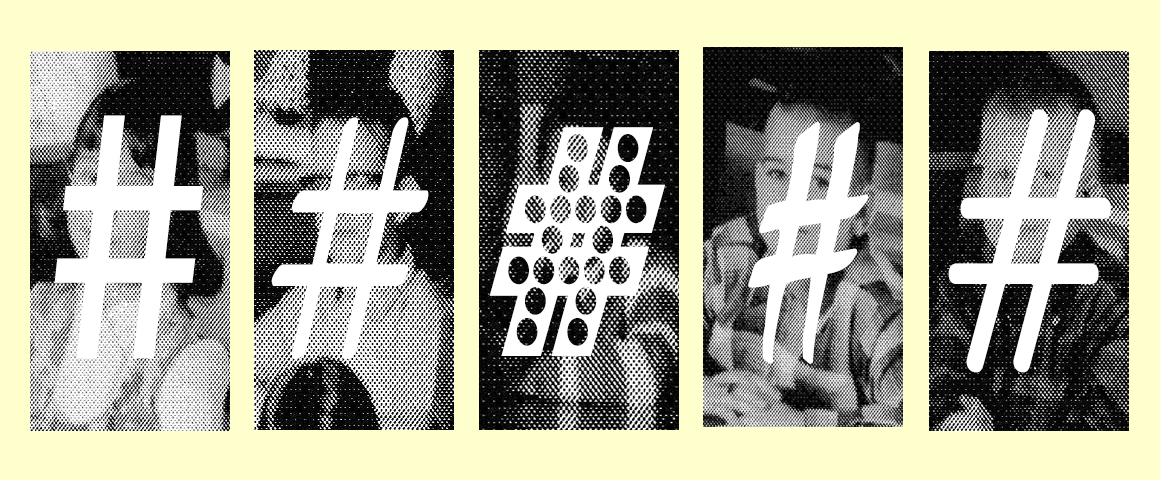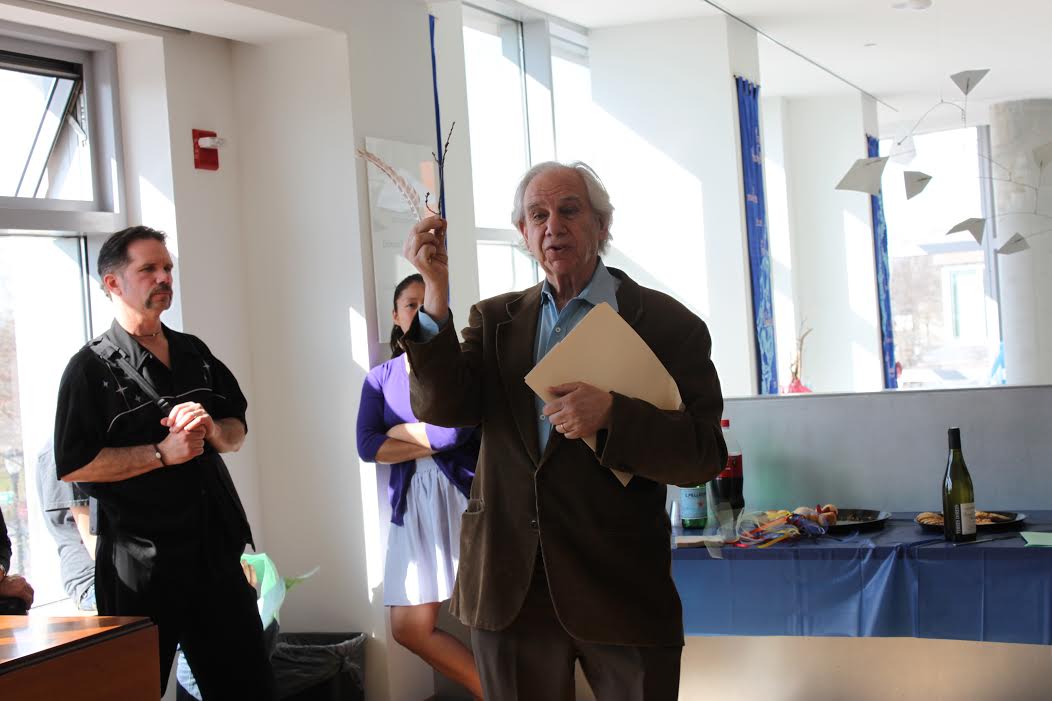A decade ago it would have been hard to imagine how common the practice of “tagging” would become—other than of course phone tag, or freeze tag, or (the best) TV tag. And yet it should be no surprise to anyone even vaguely involved in education today that, according to the Pew Research Center, 90 percent of US teens are using tag-heavy social media sites like Instagram and Twitter every single day (often via smartphones “hidden” on their laps during class). Tagging—adding keywords to label, categorize, and organize posts, photos, Tweets, and Vines—has become as everyday to secondary students now as passing notes was a generation ago.
Much to the chagrin of parents, educators, and, apparently, the New York Times, who have come to accept as fact the idea that technology is making it harder to slow down, to focus, to think deeply and to concentrate.
But what if technology—and tagging specifically—can do the opposite: can actually help students slow down, become better, more focused learners by helping them to reflect more mindfully on the work they do?
Asking a student to tag a piece of work they did is like asking them to assess what they have done—and, as you’ll see below, it can shift students’ perspectives on what their work means, what it shows about their learning, or how it connects to the larger world.
*
Tags are simply labels that identify a range of qualities about something important to you—you’ve probably noticed that you can tag people in photos online, or add more qualitative tags like “happy” or “lunchtime” or “yums.” They are also a convenient way of adding richer metadata—data on data, or information about information. “Slow-tagging” is about bringing more attention to all that’s happening in the instant we tag something—to leverage the potential of tagging to make self-assessment something fun and insightful. Instead of just quickly slapping tags on things, we can slow the process down, discuss it, tease it out, and really find what is meaningful about both the work students have done and the community to which that work can belong.
For example, look at all of the mixed emotions that surround the basic act of completing a piece of work, be it photograph, poem, or science experiment: maybe something didn’t work, got lost or broken; or we stuck our neck out in a way that made us feel silly; or we weren’t sure why we were successful with something, or why it was good, or if it was good at all.
Tagging can be an engaging way to talk about these feelings because assigning these qualities to work—lucky, silly, weird—can help us process and de-stigmatize the learning journey. And tagging can help students, teachers, and creators of all kinds start asking questions around what something is about—or in the case of writing, what something might strive to be about.
Take 11th-grader Ella. The class used her photography portfolio to create a personal narrative through pictures and words. We had the pictures to choose from, but we needed the written part of the story. I asked her to speak freely about her photos, to describe them, interpret them, and talk about taking them—all while the class wrote down her reflections.
By the time we were done, we had an abundance of information, and we decided that it would be exciting to write the supplemental narrative through a “tag-poem”: collections of words pulled from the writing we did around her thoughts, which we could string together into a larger composition that would accompany a photo exhibition.
So we “slow-tagged” her work (see “#RightNow: A Tagging Activity”).
Getting there was filled with fits and starts. We noticed a lot more about the photos by trying to distil Ella’s thoughts about them down to a few words. This kind of close investigation made it seem like we had captured and slowed down her thinking. Trying to pick out keywords, we saw that she had considered a variety of qualities in her photos: objective features, themes, emotional connections.
And, because tagging is essentially about helping other people find and categorize your work, it got Ella to think very specifically about her audience. Ella had to think about how others might respond to her tags and what links or connections her tags would create; and that made her pause again to investigate the word choices she was making about her photos, about her vision. In essence, to self-assess, and to self-assess deeply.
*
I used this same technique in a writing group I was co-facilitating where students were trying to master the vignette. It can be hard for students to know how to engage each other’s creative work—we move them slowly from “I liked it” to “I liked it because,” but critique frequently stalls there. Slow-tagging was an ideal way to approach the vignettes with a more critical eye.
We started by adding three to five tags for each vignette—carefully chosen words or phrases that reflected the spirit of the vignettes.
We found ourselves looking more and more critically at our writing, going back to read something in light of a tag we had chosen. For a little while, that’s all that happened, and it enhanced proofreading and editing. But after one discussion about whether or not a tag should have been used, we decided that readers could retag others’ vignettes in light of their own interpretations.
Some tags changed, others remained. Tags provided not just conversation pieces and a way to process one’s own work, but also a way to keep track of interpretations and readings. Along the way, we decided to tag in categories, the two biggest being form—how something is written—and content—what it’s about, with subcategories like implicit and explicit, or concrete and abstract.
When students take time and tag something like a photo they took or an essay they wrote, they’re describing, classifying, and categorizing. When the thing they’re tagging is something that reflects their thinking and learning, this can help them consider the experiences and processes behind it, not just the product itself. They think about style and content, medium and form, but they also consider the objectives they started with, the challenges they faced, and strategies they applied.
Ascribing such qualities to a piece of personal work is an act of self-assessment. It is slow, and it is deep. Or, it is exactly the opposite of the accepted notion that technology only speeds us up and dumbs us down.
Resources:
Lucas DuClos has taught English and writing at the secondary and post-secondary levels in the US and abroad. His interest in the documentation of students' learning as a mode of storytelling and in personal branding led to his work on Curation Interactive, a project at the cross section of the graphic and literary arts focusing on how students imagine and tell the story of their education. DuClos is a professor of English at Providence College, where he also teaches the Cornerstone and Capstone courses in the Liberal and Professional Studies programs.




One response to “#YOU’RE IT”
[…] Duclos, L. (2015, Septebmer 18). #You’re it: (slow) tagging in the classroom. Teachers and Writers Magazine. Retrieved from https://teachersandwritersmagazine.org/youre-it-slow-tagging-in-the-classroom-1706.htm […]